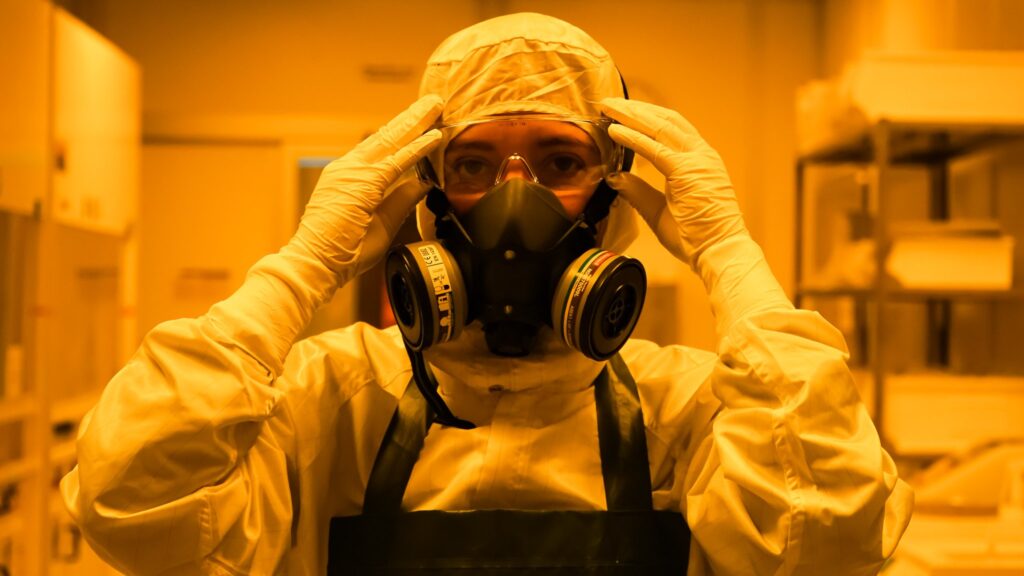The symposium titled “Nanomaterials of the Future – Advancements in Energy and Sensing”, which will be part of the 2025 Fall Meeting of the European Materials Research Society (E-MRS), will take place from September 15–18, 2025, at the University of Technology in Warsaw, Poland. Co-chaired by an esteemed international team of researchers, the event will spotlight the latest breakthroughs in nanomaterials science and their transformative applications in energy, photonics and sensing technologies. Along with Pedro Salomé, the team leader of Salomé research group at INL, the organizing committee includes Maria Josè Lo Faro from Physics Department “Ettore Majorana” of University of Catania and Maria Caterina Giordano from Physics Department of Università degli Studi di Genova, both in Italy, and Sabrina Sartori from Department of Technology Systems of University of Oslo in Norway. “The EMRS meetings are among the most important events in materials science in Europe and this symposium will help to strengthen collaborations in the areas of nanomaterials for energy applications” said Pedro Salomé, underlining the relevance of the event for Europe’s innovation landscape. The symposium will bring together leading scientists, early-career researchers, and technologists to explore advancements in growth techniques, nanofabrication and computational modelling of nanomaterials that exhibit exceptional physical and chemical properties. The ultimate goal: unlocking their […]
Read more


